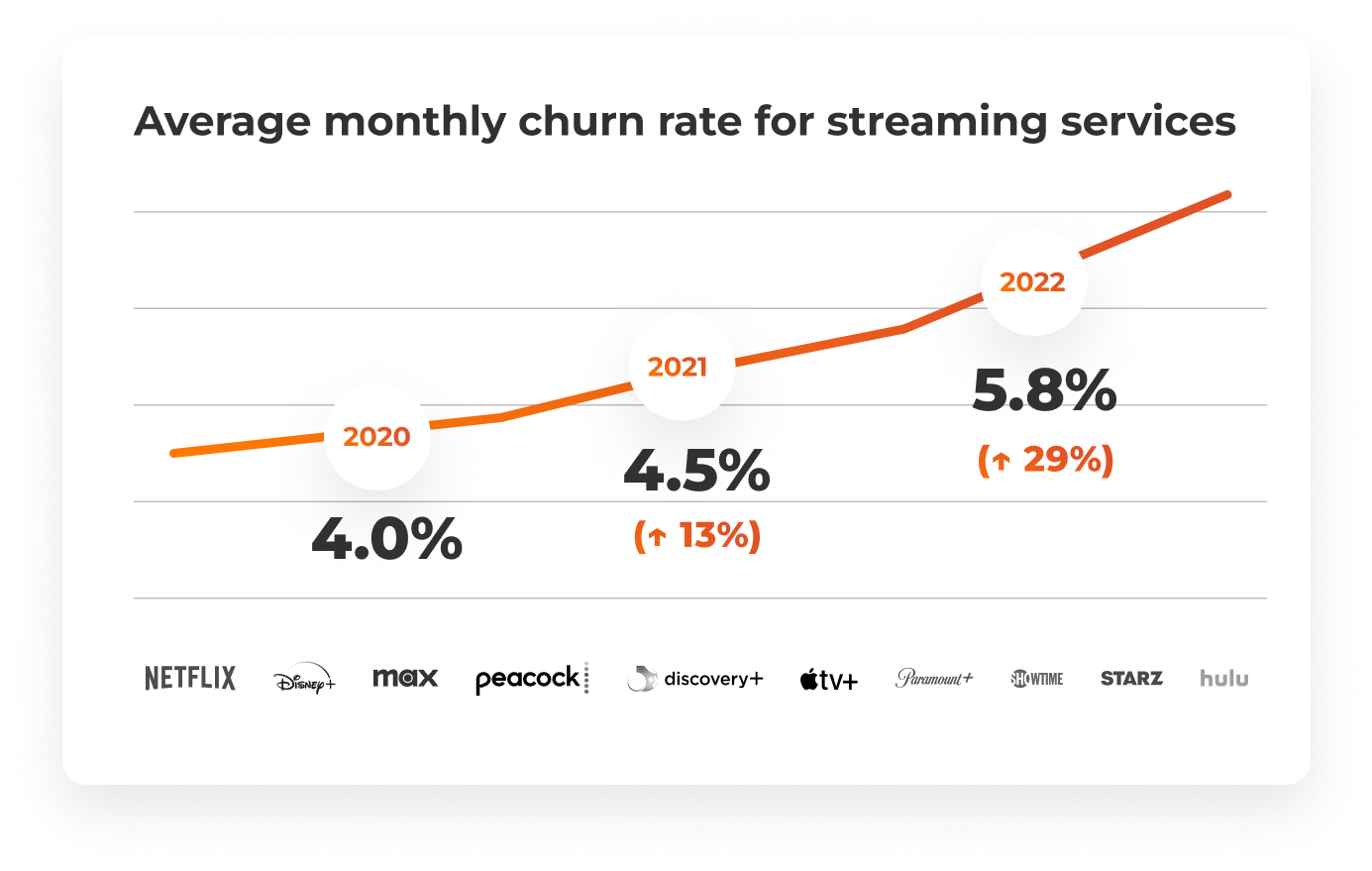Few people know this, but enterprises often employ a machine learning technique that’s instrumental in particle physics experiments at the Large Hadron Collider. This technique is gradient boosting, and it owes much of its popularity to the Higgs Boson research. In enterprise projects, gradient boosting is typically a part of forecasting, classification, and ranking solutions.
Just as the Large Hadron Collider accelerates subatomic particles, machine learning solutions set trillions of data points in motion to solve complex business challenges. One such challenge is subscriber churn prediction, a critical aspect of a recent project at AgileEngine Data Studio. Let’s dive deeper into this project to examine the business context, technology, and opportunities associated with AI-driven churn prediction.
Business challenge: addressing subscriber churn in the video streaming industry
The client engaging our ML and data engineers is a premium streaming video on demand (SVOD) network top-listed by CNET in 2023. The company’s revenue model relies heavily on ad-free subscriptions, making it imperative to combat increasing subscriber churn rates.

Source: Antenna
Consider this alarming trend: churn rates for leading SVOD providers surged by 29% last year alone. To tackle this challenge effectively, media companies are increasingly turning to predictive AI.
Solution focus: precision and granularity ensured via AI
The solution developed by our Data Studio enables a more precise and granular analysis of historical subscriber data. Industry studies indicate that machine learning-driven churn prediction systems can achieve an impressive 97% accuracy rate. Depending on the types of collected data, AI can also provide deep insights into factors influencing attrition, such as satisfaction, pricing, onboarding, feature adoption, and user session frequency and duration.
Increased precision and granularity allow for more effective user segmentation and improved retention strategies. By moving beyond traditional high-level heuristics, companies can detect churn earlier and implement better-tailored retention efforts.

Technology: leveraging gradient boosting and cloud architecture

Our team utilized Amazon SageMaker for building, training, and deploying ML models, while AWS Batch handled the ML computing jobs. As our chosen ML library, we employed XGBoost, a distributed gradient-boosting solution with strong parallel processing capabilities.
A cloud-centric approach helped us ensure exceptional scalability and efficiency. With a network reaching 28 million American households, our client can seamlessly scale its data capabilities on demand to cater to its massive audience. Additionally, utilizing SageMaker can yield up to a 54% reduction in total cost of ownership through optimized operations.
Looking into future risks and opportunities
Like all predictive AI models, churn detection solutions are susceptible to concept and data shifts. Changes in subscriber behavior, socioeconomic dynamics, or Black Swan events, such as the COVID-19 pandemic, can impact a model’s ability to predict real-world outcomes. To mitigate this risk, our solution incorporates a monitoring system that objectively assesses model performance over time.
On a brighter note, the data we’ve analyzed presents possibilities for future projects beyond churn detection. From training generative AIs (like ChatGPT) on the collected data to fueling product-led growth — the potential avenues are limitless.
Beyond churn detection
Churn detection is one of the many AI solutions in our portfolio which extends to clients ranging from Fortune 500 giants to startups featured on the Deloitte Technology Fast 50 list. Some notable solutions include:
- Automotive predictive analytics recognized by Frost & Sullivan
- Insider trading detection system used at Nasdaq and the NYSE
- Product recommendations and AI-driven MarTech for a top-3 job listing platform
- NLP enabling electronic discovery for LinkedIn, Ford, and FDA
- AdTech AI tools powering campaigns for Verizon, P&G, and Microsoft





